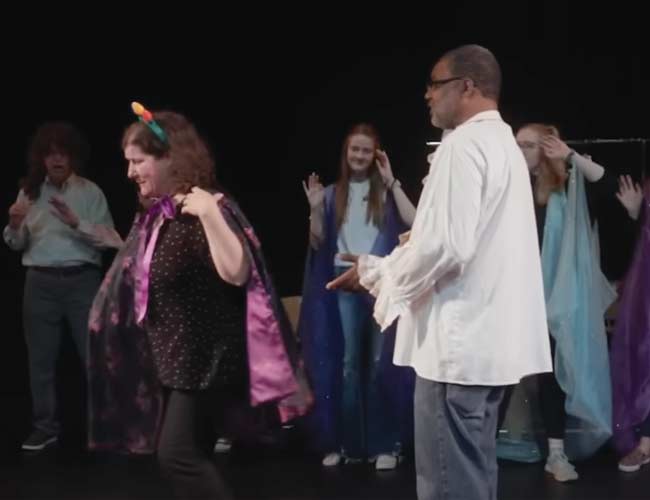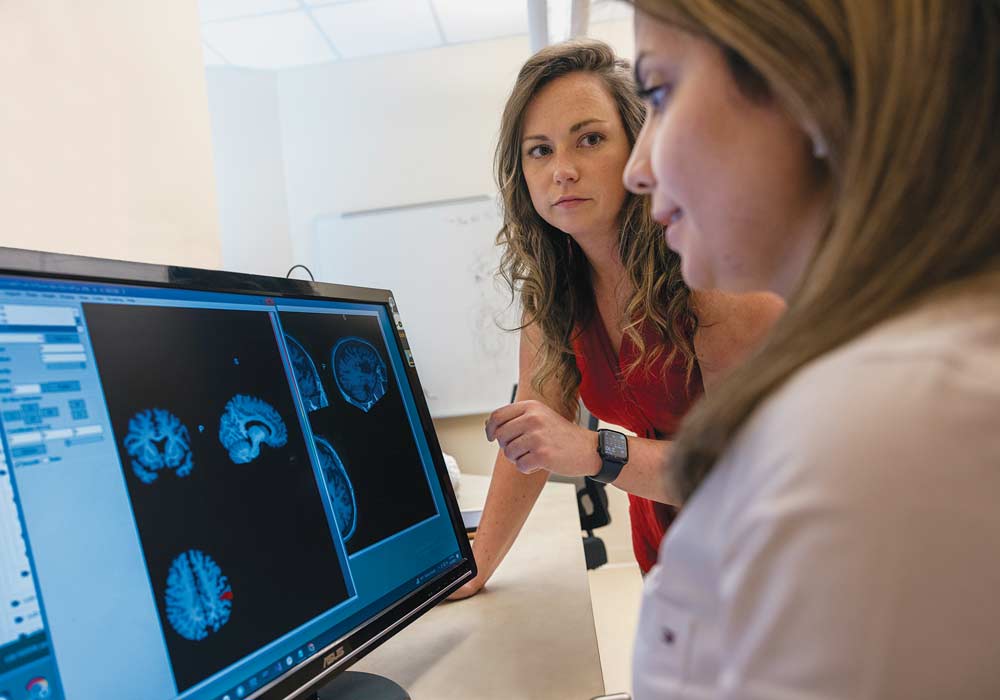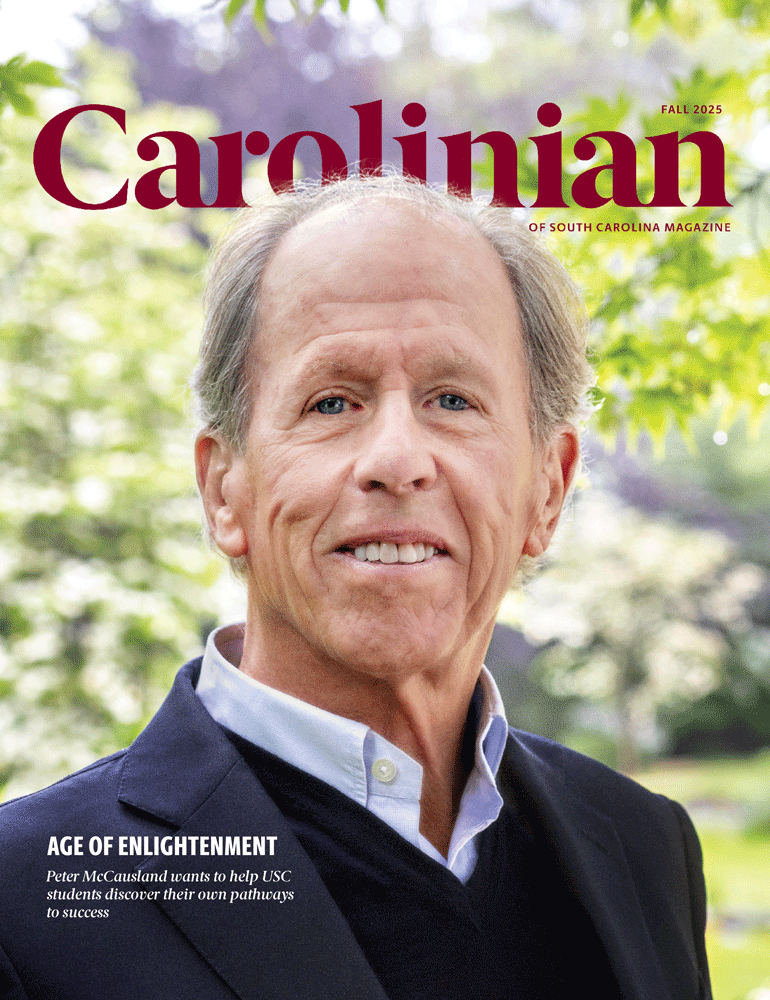Health care professionals refer to the southeastern United States as the “Stroke Belt” for a reason. And South Carolina is essentially the buckle.
Thousands of South Carolinians are hospitalized every year after suffering a stroke — more than 16,000 were hospitalized in 2020 alone, according to the Department of Health and Environmental Control — and it is the seventh-leading cause of death in the state, which has one of the highest stroke death rates in the nation.
Survivors can experience significant and lasting brain damage and long-term disability, including a form of speech impairment known as aphasia.
“The most rewarding part of C-STAR is that it has direct implications for helping stroke survivors recover from brain damage.”
Helping doctors and patients understand how strokes affect language and how patients can best recover has been the work of the University of South Carolina’s Center for the Study of Aphasia Recovery. Communication Sciences and Disorders professor Julius Fridriksson, who now serves as the university’s vice president for research, launched the center in 2016 with an $11.2 million grant from the National Institutes of Health.
“It was my area of expertise before I got to USC, but it was not an accident that I ended up in South Carolina,” Fridriksson says. “I knew for my kind of research, which is very clinically focused, we would need a large population of stroke patients. And unfortunately for this state, the rate of stroke is really high here.”
The center, also known as C-STAR, received an additional $12.5 million, five-year grant from the National Institutes of Health to conduct new clinical trials and additional large research projects.
“The most rewarding part of C-STAR is that it has direct implications for helping stroke survivors recover from brain damage,” Fridriksson says.
The new projects undertaken by the center will use artificial intelligence to predict recovery from stroke — based not only on a person’s brain health but also on our understanding of how the brain processes language.
Enter researcher Dirk den Ouden. An associate professor in USC’s Communication Sciences and Disorders department since 2010, Den Ouden came to the field of aphasia study through a slightly different route.
“I come from a background in linguistics, where we study how language is structured,” he says. “I studied English literature as well. So I was interested in the structure of language and the beauty of it, how it works, how it’s such an important part of what makes us human.”
That interest in language drives Den Ouden to find better ways to help stroke survivors recover their speech.

Aphasia drama club participants work through language difficulties on stage.
“How can we use what we know about language to better understand what goes wrong?” he says. “How can we predict someone’s path to recovery?”
Most of the people participating in C-STAR studies are more than a year removed from the stroke that caused their issues. That means their spontaneous speech recovery has stabilized, Den Ouden says, and any further improvement will come more slowly and with lots of work.
In the C-STAR studies, patient assessment includes a brain scan and a sequence of treatments that take about three weeks. There often are two rounds of treatment with testing and assessment in between. The patients then come back six months or a year later to be tested again.
“The really important question is, of course, who responds to treatment and why? Why that particular person responds to treatment or why a particular person does not respond to treatment,” Den Ouden says.
In addition to finding more effective treatment, the research can help give patients a realistic expectation of what’s possible and help doctors walk that fine line between giving false hope or no hope at all.
“It is a very delicate balance,” says Den Ouden. “But it is possible to walk that line, especially when you’re armed with the body of data that we have, which shows that people still make progress years — even tens of years — after their stroke.”

